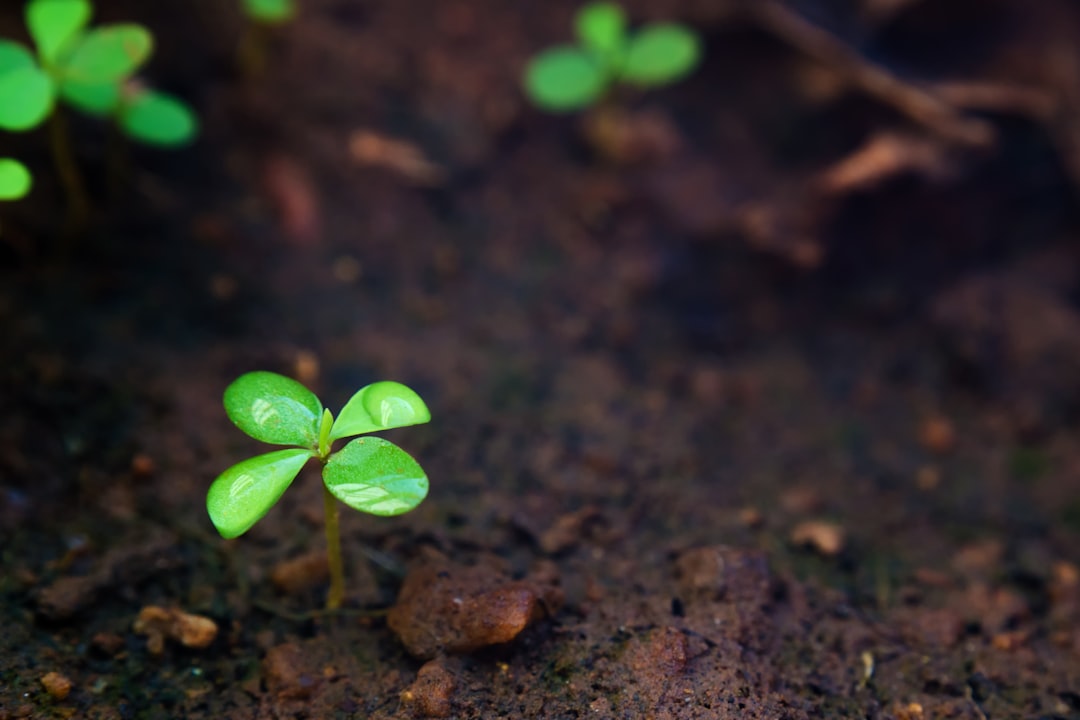In the quest to feed a growing global population while safeguarding our natural resources, understanding the science of soil has never been more critical. Soil is the foundation of our food system—a dynamic, living ecosystem that affects plant growth, water cycles, and nutrient distribution. In this blog post, we will explore how advances in soil science are revolutionizing agriculture, optimizing crop yields, and protecting the world’s precious farmland.
The Foundation of Agriculture
Understanding Soil as a Living System
Soil is much more than dirt. It is a complex, ever-changing mixture of minerals, organic matter, water, and air that supports life at all levels. At the heart of soil health are billions of microorganisms—including bacteria, fungi, and insects—that work synergistically to:
-
Break down organic matter, recycling nutrients back into the soil.
-
Improve soil structure and water retention.
-
Protect plants against pathogens through natural biological controls.
This intricate web of life and activity transforms soil into a dynamic medium where chemical, physical, and biological processes meet, making it one of the most important natural assets for agriculture.
Optimizing Crop Yields with Soil Science
Enhancing Nutrient Availability
One of the primary goals of modern soil science is to improve the availability of essential nutrients to crops. Through techniques such as precision nutrient management, farmers can:
-
Tailor Fertilizer Application: By analyzing soil composition and nutrient levels, precise amounts of organic or synthetic fertilizers can be applied exactly where needed. This practice prevents both the overuse and underuse of nutrients, which can lead to soil degradation or diminished crop quality.
-
Promote Natural Nutrient Cycling: Techniques like crop rotation, intercropping, and the incorporation of cover crops help maintain a balance of nutrients, reduce the dependency on chemical fertilizers, and promote soil biodiversity.
Improving Soil Structure and Water Retention
Healthy soil structure is essential for water infiltration, root development, and overall plant growth. Soil scientists study the physical properties of soil to:
-
Enhance Porosity and Aeration: Managing soil composition through organic amendments like compost or biochar can improve the soil’s structure, ensuring that plant roots have sufficient access to both air and water.
-
Combat Erosion: Practices such as conservation tillage and maintaining ground cover protect against erosion. These methods help preserve the topsoil—the most nutrient-rich layer—which is vital for sustained agricultural productivity.
Harnessing Technology in Soil Management
Precision agriculture has opened up new avenues for soil management by leveraging technology:
-
Soil Sensors and Remote Sensing: These tools provide real-time data on moisture levels, pH, and nutrient content. With accurate, in-field measurements, farmers can make data-driven decisions to adjust irrigation, fertilization, and other critical management practices.
-
Geographic Information Systems (GIS): Mapping soil variability across fields allows for the targeted application of inputs, maximizing crop performance while minimizing waste and environmental impact.
Protecting Global Farmland
Balancing Productivity with Sustainability
Global food demand continues to rise, placing unprecedented pressure on farmland. However, sustainably managing soil can protect these valuable resources for future generations. Key strategies include:
-
Conservation Agriculture: By minimizing disturbance through reduced tillage and maintaining permanent soil cover, farmers can preserve soil integrity, reduce runoff, and enhance carbon sequestration.
-
Regenerative Practices: Techniques such as agroforestry, organic amendments, and cover cropping not only boost soil fertility but also restore ecosystems harmed by intensive farming practices.
Combating Soil Degradation
Across the globe, soil degradation—from nutrient depletion to chemical contamination—poses a significant threat to agricultural productivity. Soil science offers solutions to:
-
Diagnose and Remediate Soil Health Issues: Advanced laboratory analyses and field testing help identify problems early. Remediation techniques, including phytoremediation (using plants to remove pollutants) and organic matter enrichment, can reverse or mitigate damage.
-
Educate and Empower Farmers: Integrating soil science into farmer education and extension services ensures that best practices are widely adopted. This knowledge exchange fosters sustainable practices that protect soil health and ensure long-term productivity.
The Future of Soil Science
The promise of soil science is vast, and its future lies in the convergence of traditional practices with innovative technology. As research delves deeper into the soil microbiome and the physical dynamics of soil systems, we are likely to see even more refined strategies for enhancing crop yields while preserving the environment.
Emerging trends include:
-
Microbial Inoculants: The development and application of beneficial microbes that boost plant health and nutrient uptake offer exciting potential for organic and sustainable farming.
-
Integrated Soil Health Monitoring: Combining remote sensing, IoT devices, and big data analytics will provide a holistic view of soil conditions, helping farmers adapt in real-time to environmental changes.
-
Policy and Investment: Governments and industry stakeholders are increasingly recognizing the importance of soil health. Supporting research initiatives, incentivizing sustainable practices, and promoting land conservation policies are vital for safeguarding our global farmland.
Conclusion
The science of soil is at the forefront of a revolution in agriculture—one where optimization of crop yields and protection of global farmland go hand in hand. Through a deep understanding of the physical, chemical, and biological properties of soil, farmers are empowered to make smarter, more sustainable decisions. As we continue to explore and harness the potential of soil science, we pave the way for a more resilient agricultural landscape that can sustainably meet the world’s growing food demands while protecting our most precious natural resource.
Whether you are a farmer, researcher, policy-maker, or an informed consumer, appreciating the intricacies of soil science is key to nurturing a future where both food production and environmental health flourish together.

Comments
No comments yet. Be the first to comment!
You must be logged in to comment. Login